The world of software development is increasingly competitive. Every software that is released on the market carries a critical question about whether it would function as per the user’s needs. Software qualification testing assesses whether it meets a certain specified criterion. This ensures quality, reliability, and performance capabilities of a product. The world of today is digitally driven and creating software that is of top-notch quality satisfying customers is necessary to stay ahead in the market.
In this blog, we shall explore the role of Software Qualification Testing, its various parts, and how it enhances software quality. So, let’s get started!
Software Qualification Testing, otherwise known as QA Testing, is a rigorous process undertaken to assess the performance of a software.
Several layers of the software are tested, like functionality, performance, security, usability, and compatibility. This allows companies to understand how well the software performs and how easy it is for customers to handle it. Testing gives room for spotting early errors and delivering a greater user experience.
Next, in line is focusing on the verification and validation part of the software. They form the crux of Software Qualification Testing as it ensures the quality and reliability of the product. All said and done, the essence is about delivering impeccable user experience for customers.
Verification of software will tell you if it was built as per user requirements (in terms of design) whereas validation tells you whether the product meets user needs and expectations.
Well, the goal of Software Qualification Testing is a combination of both, i.e., to fully assess the software’s performance and functionality. To put it simply, it would mean verification asks whether the product is built in the right manner, and validation would mean whether the right product is built. When combined, verification and validation guarantee its objective of meeting quality standards, in terms of both technical standards and user requirements.
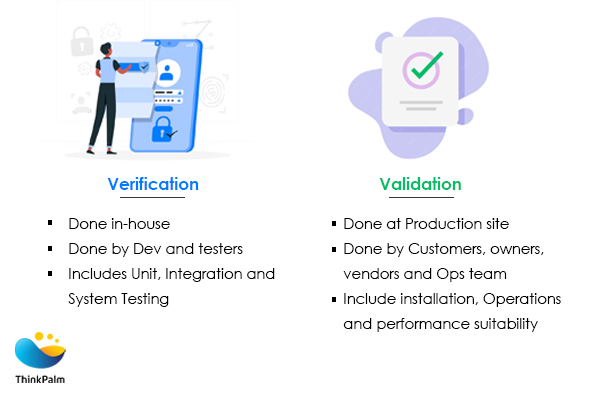
Here’s a simple breakdown:
Thus, verification and validation via Software Qualification Testing (SQT) helps to evaluate the software thoroughly.
The image given below will give you a better idea of the working of the two phases.
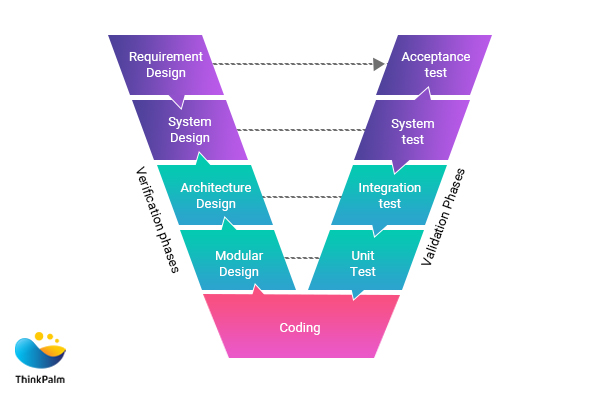
Software qualification testing forms an essential part of the entire Software Development Lifecycle (SDLC). In every phase of SDLC, testing is integrated from requirements gathering to the final deployment, ensuring that it meets a set of defined standards. This prevents issues from becoming bigger and facilitates early spotting of errors.
Put simply, SQT being an integral part of software development is after all part of the whole process that helps in catching issues early.
Curious about how qualification testing fits into the bigger picture? Discover What Is Product Development Life Cycle and Why Is it Important?
Software Qualification Testing follows a systematic process to ensure the required quality standards.
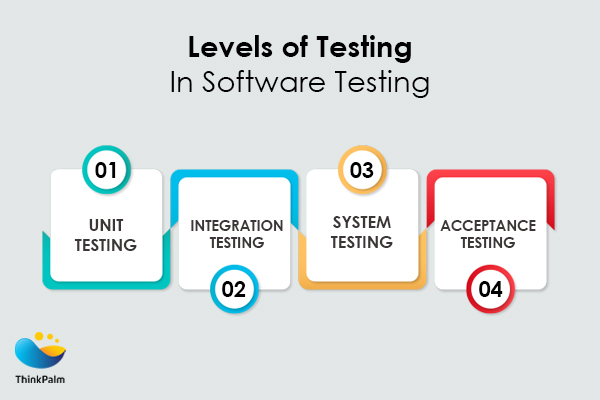
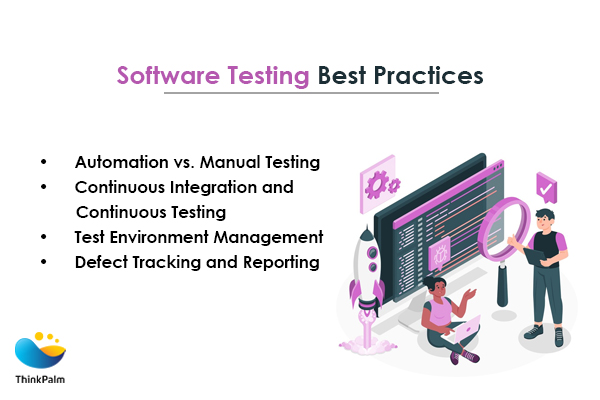
Software Qualification Testing is undertaken using a wide range of tools that help in testing each aspect of software quality assurance. They equip developers and QA specialists in creating test cases, automating tests, finding bugs, and above all ensuring that it meets the stipulated quality standards.
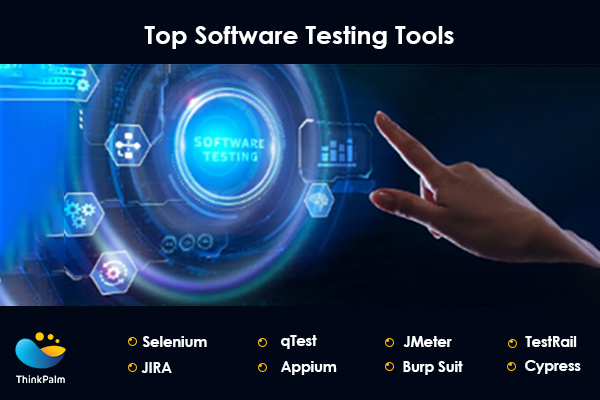
Here’s a list of tool categories that enable software qualification testing:
Jira: A popular and versatile tool that is helpful for project tracking and collaboration; catching issues early and giving clear visibility into testing efforts. It ensures full traceability into the requirements, test cases, and defects.
TestRail: This is a tool that specializes in test case management where QA teams manage test cases, track progress, and results in an organized manner. This helps with future accessibility.
qTest: A tool that helps enterprises scale quality assurance with management of test cases, test execution and can even integrate with various development tools. This delivers complete transparency into their QA processes.
Selenium: This is an open-source framework that is beneficial for automating web application testing. It is feasible across several programming languages and platforms. It seamlessly integrates with other tools to support releases and improvements.
Appium: A cross-platform automation tool that is helpful for mobile applications. It speeds up testing through parallel test execution. A distinguishing feature is that it supports iOS, Android, and Windows platforms.
JUnit: It is a unit-testing tool for Java that uses code to confirm whether small pieces of an application function properly. Its simple design enables teams to create small test cases that help in lowering costs.
Cypress: An end-to-end testing framework built on top of Javascript suitable for modern applications and runs on browsers as it supports speed, scalability and delivers immediate feedback.
JMeter: It’s a free, open-source platform suitable for analyzing the performance of various services on web applications. It allows developers to simulate heavy loads that help in preventing bottlenecks in future when users confront such situations.
Gatling: It is a high performance, code-based load testing tool that simulates realistic user-scenarios and is designed for continuous integration. It helps customers release suitably in a cost-effective manner.
LoadRunner: A commercial performance testing tool that can help simulate situations in order to predict system behavior and performance across various environments and technologies.
Burp Suite: This platform is useful for web application penetration testing, as it helps safeguard confidential company and customer data. They discover vulnerabilities, strengthen digital trust with its reporting and automation features.
OWASP ZAP (Zed Attack Proxy): It is an open-source web application security scanner that makes security testing available to companies of all sizes. They detect security risks, and their automation features allow them to integrate smoothly with development workflows for continuous security hygiene.
Nessus: This is an assessment tool for identifying security weaknesses, misconfigurations in networks, servers, and systems. With the help of these regular security checks, businesses can prevent data attacks further paving the way for meeting compliance goals.
To summarize, we can say that Software Qualification Testing (SQT) plays a crucial role in ensuring that the software meets specific quality standards and reliability in terms of its performance. By diligently applying its best practices, companies can prevent risks and guarantee top-notch quality. The development landscape that is continuously evolving needs to be incorporated with SQT measures as it delivers a competitive advantage. This builds user trust and consistently delivers high-performing, reliable software.
At ThinkPalm, we deliver comprehensive test automation services to streamline your testing processes and ensure reliable performance at every line of code. Connect with us today to get started.